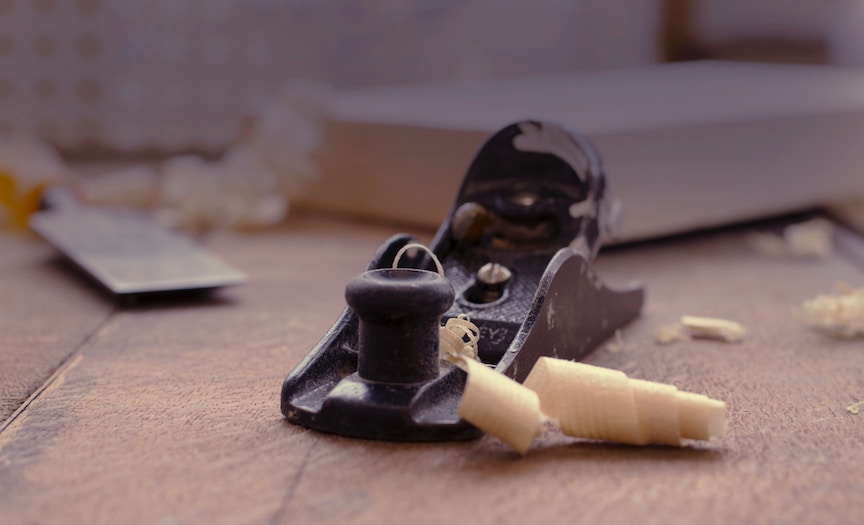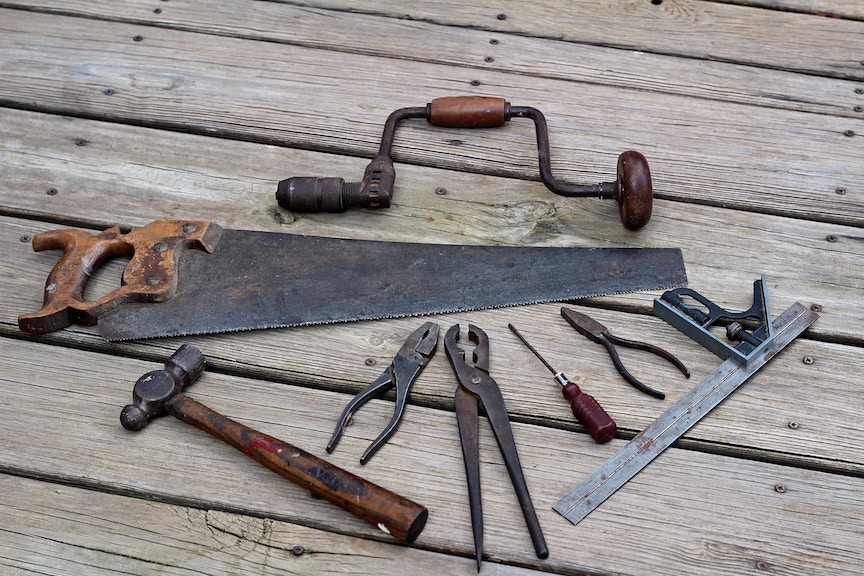It was true for William Shakespeare, and it is true today. Changing the nomenclature does not alter the essence. I speak here of the idea of apprenticeship.
I have known a couple of woodworkers over the years who gleefully refer to people helping out in their shops as “apprentices”. But, just as the vast majority of woodworkers these days who slam out slab tables with live or wane edges do not even know who George Nakashima was, I do not believe that some of these “masters” necessarily understand the concept of apprenticeship. Or worse, maybe they did and they chose to take advantage of it.
What I have been seeing is a guy who is making a living at woodworking, accepting novices into his shop to do grunt work for no pay. That does not even resemble what an apprenticeship has traditionally meant. For one thing, in an apprenticeship arrangement, if one party is the apprentice, the other is necessarily a master. I believe that is a term that is too easily bantered about. Years ago, when I had been working for more than 20 years, I fell in love with a set of Japanese sharkskin handled chisels. They were very expensive, but that was not my problem. I felt that if I were to purchase them, I was believing myself a master craftsman. But, even after having received several awards, appearing in a number of magazines and having commissions set years in advance, I cringed at the idea of being thought of as a master. Now, after more than forty years building furniture, I still do. So, I would be similarly leery of having an “apprentice” in my shop.
No, an apprentice does not work for free. That is more like indentured servitude. Historically, apprentices were not paid either. They, or usually their families PAID the master to take the youth under his wing and TEACH him. (Back then, virtually every master and apprentice was a him). The master then welcomed the apprentice not only into his shop, but often also into his home, where he was boarded and fed. The daily hosting aspect of the relationship would be easy to set aside in today’s world. But NOT the real obligation of the master: to proactively teach the apprentice all the skills necessary to one day rise to the level of journeyman, and then, ultimately, one day become a master himself.
Call an unskilled assistant in your shop a helper or an unpaid assistant, or, I suppose a protege, but “they”, (because, thankfully, we are changing the culture rapidly these days, and it is no longer a foregone conclusion that it will be a male on either end of this relationship), is probably not an apprentice.





